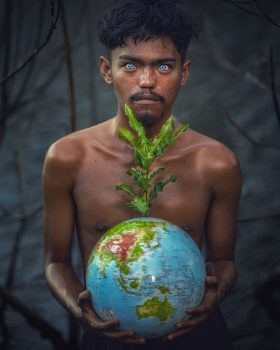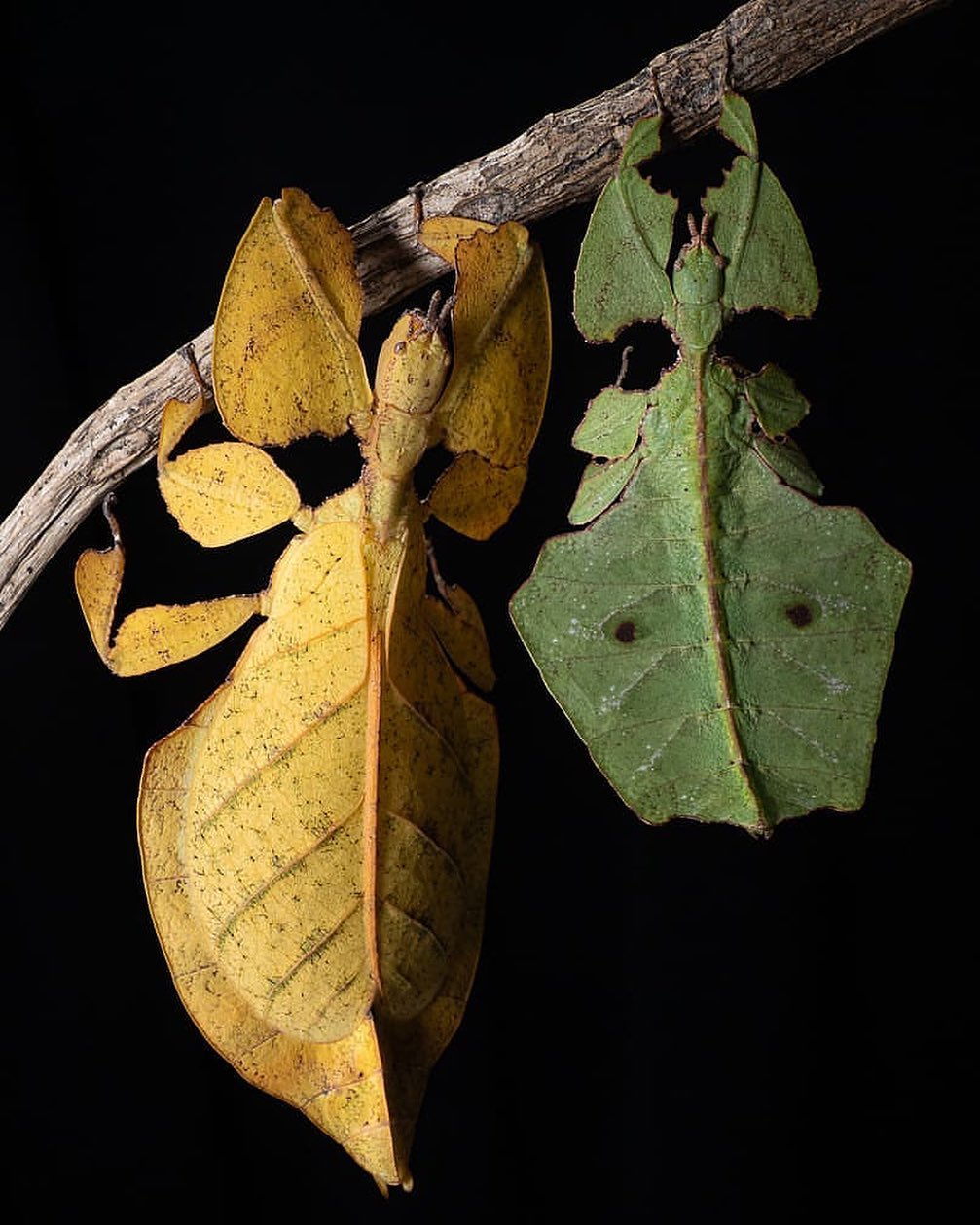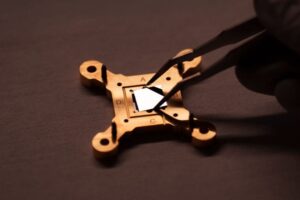 Pin
Pin Photo by @geo.rock888 / Instagram
In a country where dark brown eyes are the norm, spotting bright blue eyes is enough to make anyone pause. That’s what makes the Buton tribe of Indonesia so fascinating. Found on Buton Island, just off the coast of Sulawesi, the tribe is known for one of the most unusual genetic traits in the region: piercing blue eyes. Tourists and researchers alike have been stunned after visiting the area and meeting locals who carry this trait despite having no European ancestry.
So why does the Buton tribe have blue eyes? Is it a result of foreign mixing from centuries ago? Or something even deeper—maybe a genetic mutation passed silently through generations? The mystery isn’t just about looks. It brings out important conversations about migration, evolution, and how isolated communities can carry unique traits that go unexplained for decades. What’s certain is that these blue eyes don’t just look magical; they raise big questions about human history, genetics, and the diversity of Southeast Asian peoples.
Table of Contents
The Genetic Mutation Behind the Buton Tribe’s Blue Eyes
 Pin
Pin Photo by @geo.rock888 / Instagram
When we ask, “Why does the Buton tribe have blue eyes?”, science steps in with a fascinating twist. Many scientists believe the blue eyes in this tribe are caused by a genetic condition called Waardenburg syndrome. This condition doesn’t just cause blue eyes—it sometimes comes with other effects like hearing loss or changes in hair and skin pigmentation. But not every Buton tribe member with blue eyes has these other symptoms, which adds to the mystery.
The gene mutation affects melanin production, which is what gives color to our eyes, hair, and skin. Less melanin in the iris results in that striking blue. But the big question is: how did this gene end up in this small, isolated tribe? No one can say for sure. It could have popped up as a random mutation centuries ago and just stuck around in the gene pool. What’s even more intriguing is that this mutation doesn’t seem to have any European connection, unlike most global cases of blue eyes.
Are the Buton Tribe’s Blue Eyes a Result of Foreign Ancestry?
 Pin
Pin Photo by @geo.rock888 / Instagram
A lot of people hear about the Buton tribe and instantly assume there must be some European ancestry involved. After all, blue eyes are famously common in Europe. But here’s the shocker: there’s no strong historical or genetic evidence that links the Buton tribe’s blue eyes to European bloodlines. That makes the whole situation even more puzzling. Locals have lived in this part of Indonesia for generations, mostly isolated from major colonial interactions.
Of course, Southeast Asia did experience waves of foreign contact—traders, colonizers, and missionaries passed through. But if foreign ancestry played a role, we’d expect to see more mixed features or traits beyond just eye color. Yet the people of Buton largely carry traditional Southeast Asian features. So why does the Buton tribe have blue eyes when everything else suggests isolation?
Scientists are still digging into this, but it points toward a localized mutation rather than external influence. It’s one of those rare cases where a single genetic twist reshapes how we understand both science and culture.
The Role of Waardenburg Syndrome—Beyond Just Blue Eyes
Digging deeper into the “why” behind this mystery leads us again to Waardenburg syndrome, a rare genetic condition. Most people only talk about the blue eyes, but there’s more to it. In some cases, this condition also causes one blue eye and one brown eye, which is called heterochromia. That makes some Buton tribe members even more unique, with a face that feels straight out of a movie scene.
But what’s really surprising is how mild the syndrome appears in Buton. Typically, Waardenburg syndrome might cause hearing loss or patches of white hair, but many in the tribe don’t have these symptoms. This has left scientists confused: is this a milder version of the mutation? Or is there a separate, undiscovered gene in play?
The question why does the Buton tribe have blue eyes opens the door to even more research. What’s happening on this island could help us understand hidden variations in human genetics—something that textbooks haven’t caught up with yet.
The Cultural Reactions—How Locals View Their Blue Eyes
What’s it like growing up with bright blue eyes in a place where almost everyone else has brown? For many in the Buton tribe, it’s a mix of pride and discomfort. Some locals say they were teased as kids, especially when outsiders stared or asked invasive questions. But over time, the tribe has started embracing this rare feature as a symbol of uniqueness. It’s now something they’re known for, and in some cases, it draws tourism and media attention to their small island.
Locals don’t necessarily have a scientific answer to why does the Buton tribe have blue eyes, but they do see it as a kind of ancestral legacy. Some even tie it to folklore or old spiritual beliefs, thinking it marks certain individuals as special or chosen. There’s no shame around it anymore—if anything, there’s growing confidence and even celebration. Social media has also helped. Young people from the tribe post pictures and videos proudly, showing the world that beauty doesn’t follow just one standard.
Media Attention and the Viral Boom of Buton’s Blue Eyes
In recent years, the Buton tribe has gone viral more than once. Videos and photos of children and elders with crystal-blue eyes started popping up on TikTok, Instagram, and YouTube. These posts quickly gained millions of views, with commenters from around the world asking the same question: Why does the Buton tribe have blue eyes in a region where it’s so rare? For many, it looked like something straight out of a fantasy film.
This sudden attention put the small Indonesian island on the global map. Influencers, photographers, and even documentary filmmakers began traveling to Buton, eager to capture the tribe’s unique appearance. Some locals welcomed the spotlight. Others were more hesitant, worried about being treated like museum exhibits or exotic spectacles. Still, there’s no denying that the internet played a big role in spreading awareness—and curiosity.
But as views climbed, so did the misinformation. That’s why many scientists and journalists stepped in to clarify what’s really going on, pushing for respectful curiosity over viral exploitation.
Misconceptions and Myths That Spread Online
As the Buton tribe gained attention online, so did the rumors. One common myth was that they were descendants of Vikings or ancient Europeans who had once sailed to Indonesia. Another claimed that their blue eyes were a result of drinking water with strange minerals. Some posts even said it was “evidence of aliens” or ancient gods—baseless ideas, but ones that caught fire because they sounded exciting.
These wild theories made it harder for people to focus on the real story. The truth is, science already has solid leads, including genetic conditions like Waardenburg syndrome. But facts don’t always go viral as easily as myths do. That’s why it’s important to ask: Why does the Buton tribe have blue eyes, really? And how do we separate science from storytelling?
The tribe’s blue eyes are rare, yes—but not magical. They don’t need myths to be interesting. Their story is powerful enough on its own, rooted in genetics, community strength, and the deep diversity of human evolution.
How This Discovery Challenges Our Ideas About Race
For a long time, blue eyes were considered a “Western” feature. That idea shaped everything—from beauty standards to casting in movies. But the Buton tribe breaks that rule. Their existence forces people to rethink the way we associate traits with race or nationality. If people in Southeast Asia can naturally have blue eyes, then maybe the world is far more genetically mixed and surprising than we thought.
So, why does the Buton tribe have blue eyes? That question now feels bigger than just science—it also points to how shallow our assumptions can be. For centuries, people have tried to put others into categories: Asian, African, European. But nature doesn’t care about those boxes. Mutations, migrations, and isolated gene pools can lead to rare traits showing up in unexpected places.
This tribe shows that diversity isn’t just between continents—it’s inside every region. And in a world where racial lines are often drawn too sharply, Buton’s blue-eyed people are a quiet but powerful reminder: we’re all part of the same, unpredictable human story.
The Science Still Has Work to Do
Even with all the guesses, research, and viral fame, the real answer to why does the Buton tribe have blue eyes isn’t fully settled. That’s what makes it so fascinating. Scientists still don’t have a clear map of how this specific mutation spread through the tribe—or if it’s even the same gene responsible for blue eyes in Europe. What they do know is that more in-depth genetic testing is needed. And that takes time, consent, and respect for the community.
This kind of research isn’t simple. Ethical concerns play a big part. Researchers have to avoid treating the tribe like lab subjects. They need to build trust, involve local voices, and make sure that anything learned also benefits the community. So far, most of the studies have been small and cautious, which is the right approach.
The mystery of the Buton tribe’s blue eyes isn’t just unsolved—it’s evolving. With the right scientific tools and human sensitivity, we may soon understand more about how this rare beauty became a part of Buton’s everyday life.
Why the Buton Tribe’s Story Deserves More Than Curiosity
The question why does the Buton tribe have blue eyes has sparked global attention, but it’s time to go beyond just staring in amazement. Their story is more than a visual oddity—it’s a window into how science, culture, and identity intersect in ways we’re only beginning to understand. Instead of reducing this tribe to clickbait or photo ops, we should be amplifying their voices, asking how they view their identity, and respecting their role in this global conversation.
Blue eyes or not, the Buton tribe holds cultural depth, language, traditions, and history that are just as valuable as their rare appearance. Their story challenges lazy stereotypes and reminds us that diversity doesn’t follow fixed rules. It’s unpredictable, often beautiful, and rooted in human complexity.
So yes, their blue eyes are striking—but what truly stands out is how their existence expands our view of the world. Not just through color, but through knowledge, respect, and a much-needed update to what we think we know about human identity.
FAQs
The blue eyes in the Buton tribe are believed to be caused by a genetic mutation, possibly linked to Waardenburg syndrome, a rare condition that can affect melanin production. This mutation is not widely found in Southeast Asia, making it a unique trait in the tribe.
Despite common assumptions, there is no strong evidence linking the Buton tribe’s blue eyes to European ancestry. The tribe has lived in isolation for centuries, and the blue eyes likely resulted from a genetic mutation within the local population rather than external foreign influence.
Yes, Waardenburg syndrome can cause other symptoms like hearing loss, changes in skin pigmentation, and even heterochromia (two differently colored eyes). However, not all members of the Buton tribe with blue eyes exhibit these other symptoms, which adds to the mystery.
The blue eyes have become a source of pride for the tribe. While some members experienced teasing or curiosity from outsiders, many now embrace the trait as part of their unique identity. It has also brought increased attention and tourism to their island.
While scientists have some ideas about the cause of the blue eyes, much is still unknown. More genetic research is needed to determine whether it’s linked to a specific mutation or if other factors are at play. Ethical considerations are also important in studying the tribe’s genetics respectfully.
































